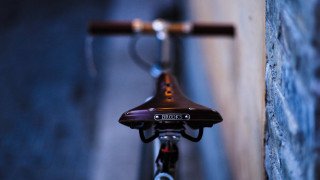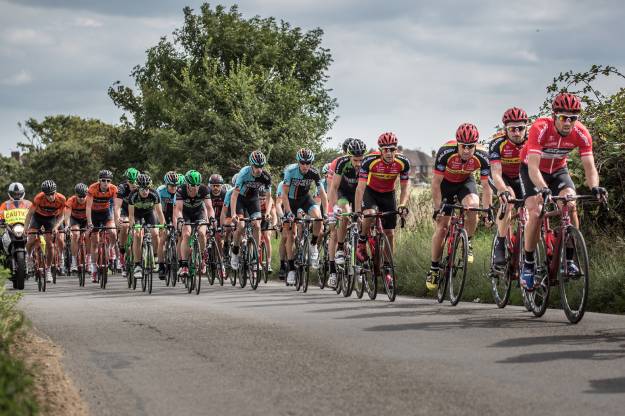Securing your saddle - How to outsmart thieves
The Bikmo Open Project 2019, revealed that 79% of claims involved replacing individual components, accessories or cycle clothing. Saddles are one of the most commonly stolen items when it comes to bicycle thefts, causing a lot of unnecessary expense and not to mention a huge inconvenience!
Theft and vandalism of your bike or components is included as standard if you have a British Cycling bike insurance policy with Bikmo.
Saddles can be expensive to replace if you’ve splashed out on a high-end one, but it can also be quite difficult to replace it with the same fit. Any Brooks saddle owners will vouch for that, as their saddles mould to the bottom of the rider over time so even an identical saddle would take months to break in again, which could be very frustrating. However, there are ways to deter, or make it more difficult for the opportunist thief, each with their own merits and drawbacks. Here is some advice to help lower the chances of you finding yourself with a saddle-less bike.
1. Use a secondary lock
The most obvious method of protecting your saddle is to run a lock through the rails and the frame of the bike. Use excess slack on your cable lock by feeding it through the rails at the back of your saddle. This means even if a thief does remove your seat post from the frame, unless they remove the lock, your saddle is going nowhere! If you use two locks to secure your bike already, the secondary one can be used for this purpose.
The drawback is having to carry multiple locks around, or you may need to buy a new, longer cable lock to reach all components as well as the object it’s being locked to. However, we’d recommend using more than one lock anyway as this can slow or even halt the progress of any thief should they be trying to steal the whole bike.
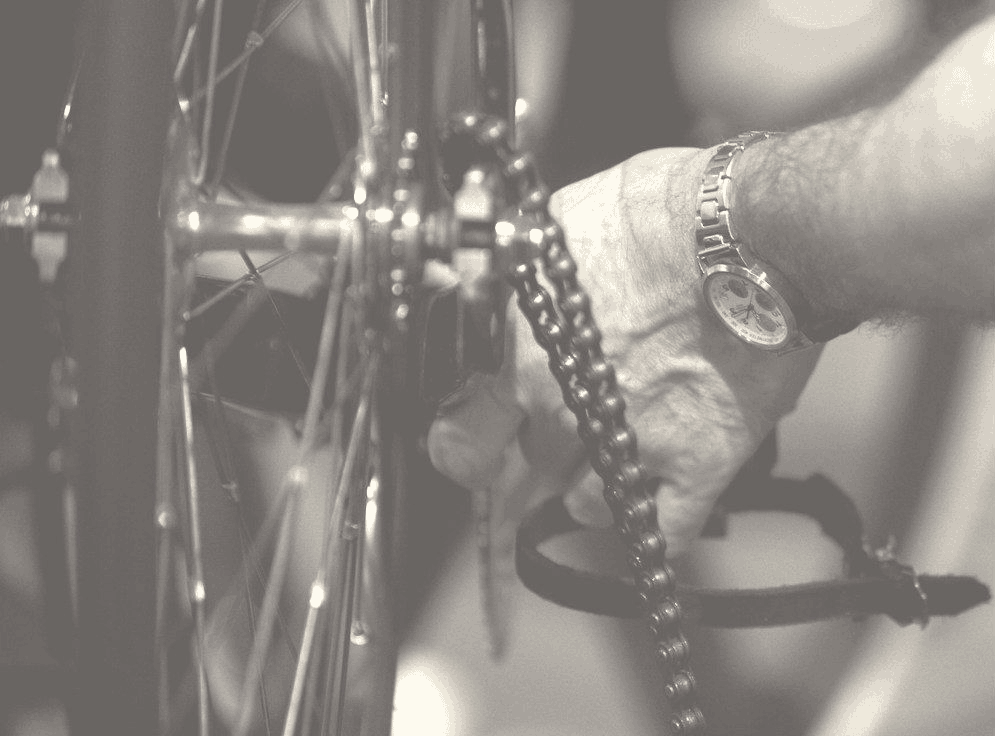
2. Non-quick release seat clamps
Most road bikes saddles require an allen key to adjust or remove, but mountain bikes usually come with a quick release (QR) seat clamp as standard so the rider can adjust the height of their saddle easily whilst on a trail. For thieves, this makes it easy to remove a saddle in under 5 seconds, so is a prime target for any thief.
Replacing a quick release seat clamp with a non-QR clamp means any thief would need to carry tools in order to remove the seat post and saddle, thus removing ‘opportunist thieves’ from the equation.
There are 2 main types of mechanisms for non-QR seat clamps:
●Allen key seat clamps are the most common type, and are generally standard on a road bike but can easily be retrofitted to almost any bike.
● Nut & Bolt seat clamps are normally found on budget or kids bikes; allen key clamps have made them more-or-less redundant, but that doesn’t mean they aren’t effective against theft.
3. Locking seat clamps
One step up from non-QR seat clamps, some manufacturers have introduced proprietary locking mechanisms into a seat clamp. This requires a manufacturer specific tool to release the seat clamp, making it far more difficult and time consuming for a thief to remove a saddle.
One example of this is the Pinhead Seat Post Lock (pinheadlocks.com), which uses a 3-notch key to lock the clamp in place. Standard tools cannot operate this mechanism, so unless a thief happens to have the exact key for your seat clamp, your saddle is going nowhere. This locking technology has also been applied to QR skewers for your bike’s wheels, making them more secure when leaving your bike locked up as well.
Any additional locking mechanisms installed to your bike are bound to put off a thief. A simple locking seat clamp can add those extra few seconds that change their decision.
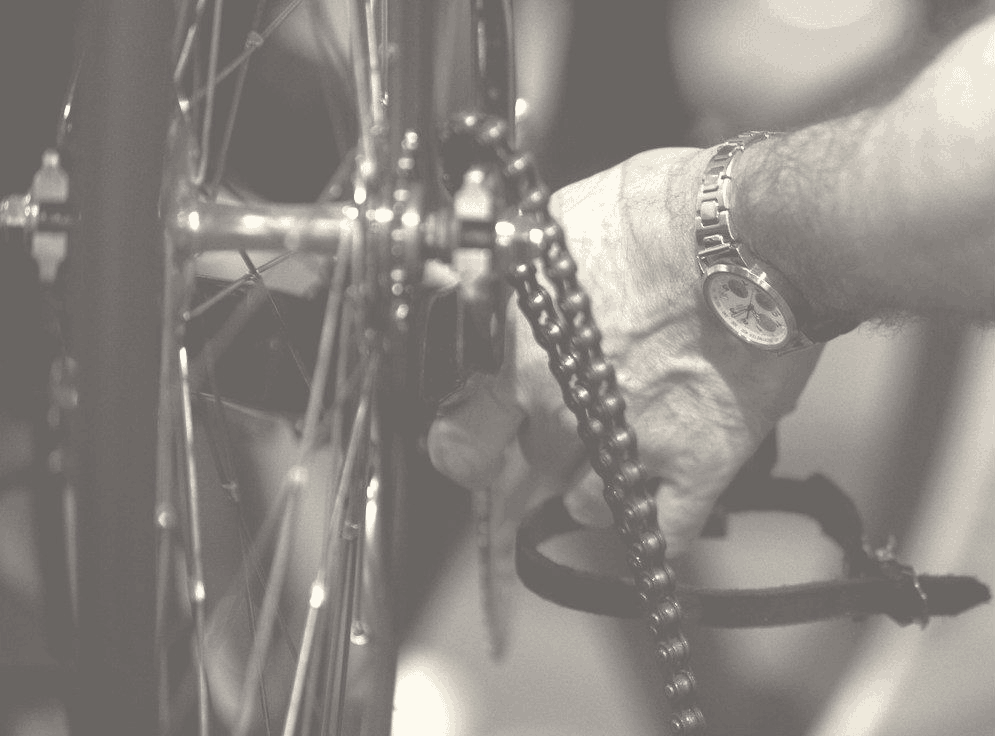
4. Alternative seat post bolts
Often overlooked, the bolt(s) that fix your saddle rails to the seat post clamp are almost always allen key bolts, which are a very standard bolt type and can be removed by almost any multi-tool. Thankfully this is pretty easy to change, and will deter thieves that are equipped with basic tools.
Torx bolts (also known as star-nut bolts) are an ideal substitute for the standard bolts. Similar to allen key bolts, these use a 6-point star instead of a hexagonal hole, meaning normal tools won’t fit. Common enough to be easy and cheap to purchase, but less common to have the correct size on a multi-tool, preventing thieves from a quick and easy getaway. Remember, they can be purchased in various sizes, so make sure you check your bike for the correct size.
It’s also possible to purchase locking bolts, similar to those used in locking seat clamps. One of the more interesting models is a combination lock bolt, which requires a 3-letter code to allow access to the bolt. Simple to install and reasonably inexpensive, this is an ideal way to protect your high-value saddle from criminals.
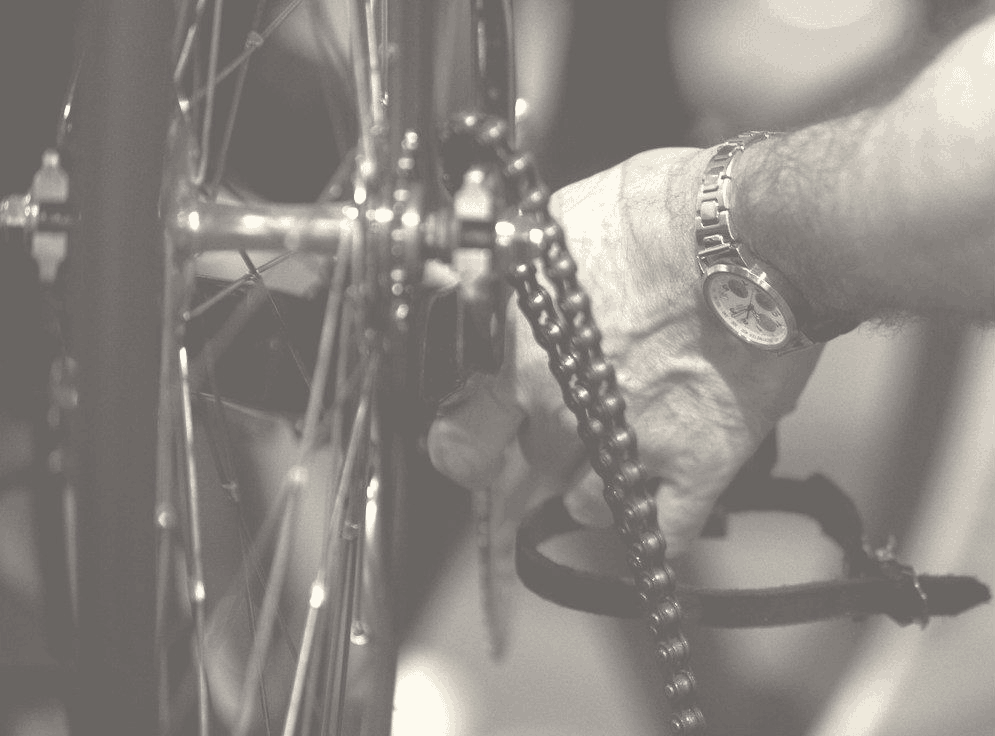
5. Removing the saddle and seatpost
Far from an ideal option, but possibly the most viable for preventing theft, removing the saddle from your bike and taking it with you makes it impossible for a thief to steal it from your bike.
In reality, this option isn’t really viable as it’s impractical, requires you to carry your saddle and seatpost anywhere you go without your bike when leaving it locked up, can allow excess rain to gather inside the frame because of the opening, and may cause you to be complacent about arranging other security alternatives for protecting your saddle. This means if you forget to remove it, it’s at full risk of being stolen.
6. Ball bearings
More of a DIY solution and yet effective, blocking up the allen key hole on seat clamps is an easy method of stopping a thief using the correct tools to remove the clamp. Ball bearings are perfectly suited to this as they come in a range of sizes, are cheap, and are difficult to grip due to their shape.
There are 2 simple ways to fit them:
1. Magnetic ball bearings will hold themselves in place and cannot be removed easily without another magnet prying them out, making it impractical for thieves. Neodymium magnets are perfect for this application due to their immense magnetic force for the comparative size, and are not too expensive.
2. Standard ball bearings can be held in place with superglue, which will prevent thieves from removing the seat clamp. The glue can be dissolved with acetone if you should need to adjust your saddle height. Use caution when working with acetone.
Bear in mind these modifications make on-the-fly saddle adjustments far more difficult, so it’s best to set your saddle to a height you’re always going to be happy with before committing to this method.
Even with all the security money can buy, unfortunately we can’t always beat the thieves.
British Cycling bike insurance powered by Bikmo, offers exclusive savings on cycle insurance for all British Cycling members.
The award-winning policy covers theft and accidental damage of your bike, kit and accessories in case you hit some bad luck. Other benefits include multi bike cover, worldwide travel, cycle event cover, £500 bike box cover and £150 returning home cover.


